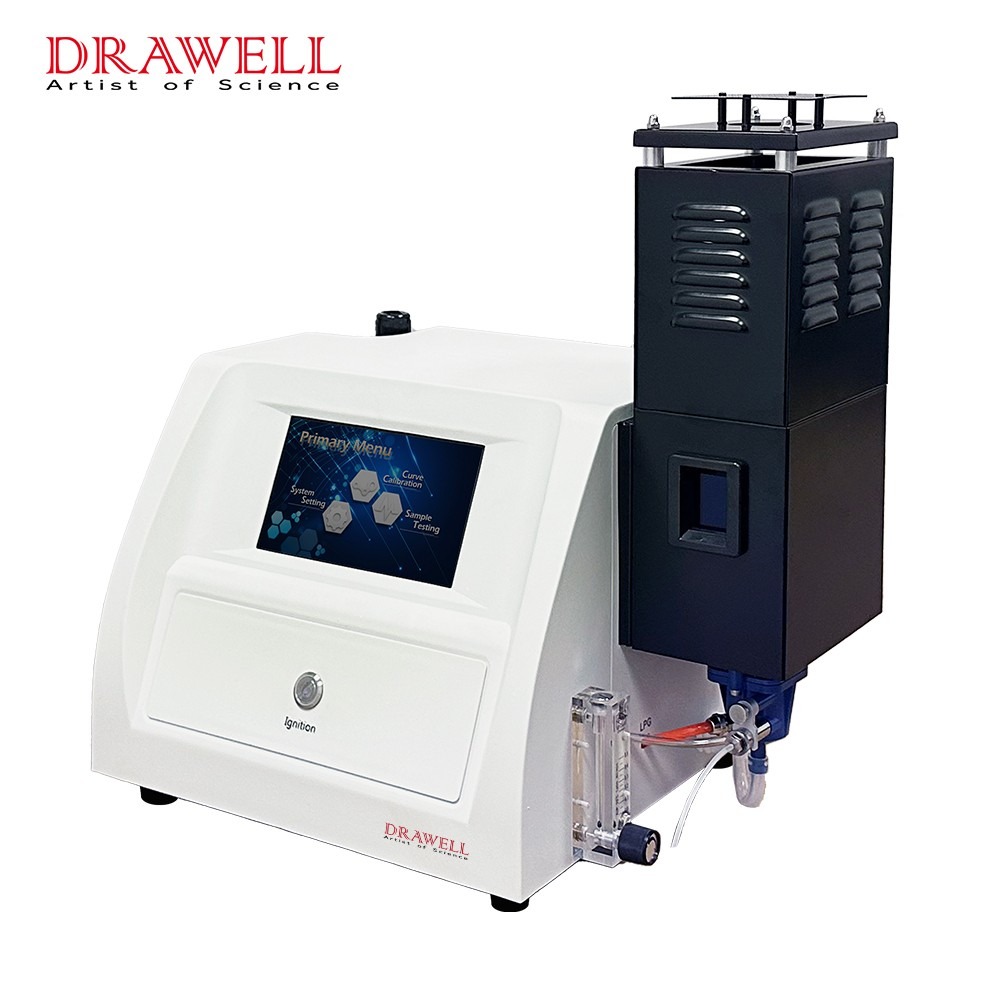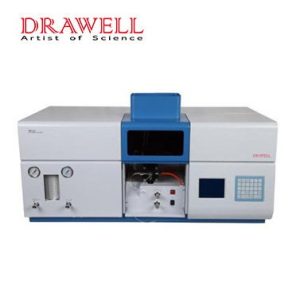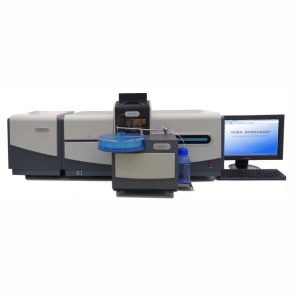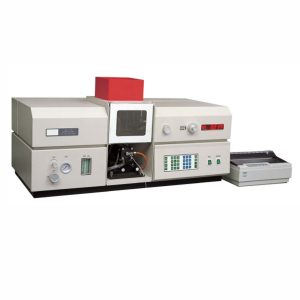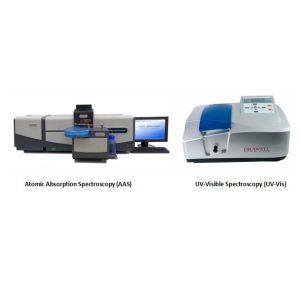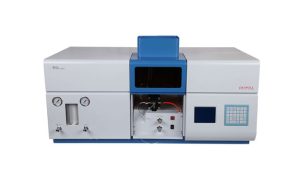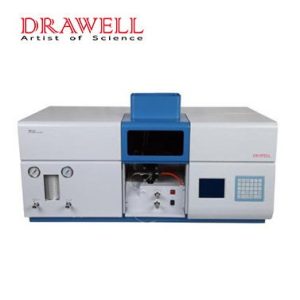Flame photometry, also known as flame atomic emission spectroscopy (FAES), is a useful analytical technique for determining the concentration of specific chemical elements in a sample. Flame photometers are commonly used in chemistry, environmental research, and clinical laboratories. In this article, we’ll delve into the working principle of flame photometer, shedding light on the fundamental working processes that allow for precision elemental analysis.
What is the Basic Operation of a Flame Photometer?
A flame photometer works on the basis of atomic emission spectroscopy. This method is based on the fact that when certain elements’ atoms are heated to high temperatures, they absorb energy and transition to higher energy levels. As these excited atoms return to their ground state, photons (light) at specified wavelengths are emitted. By measuring the intensity of this emitted light, the concentration of the element of interest can be determined.
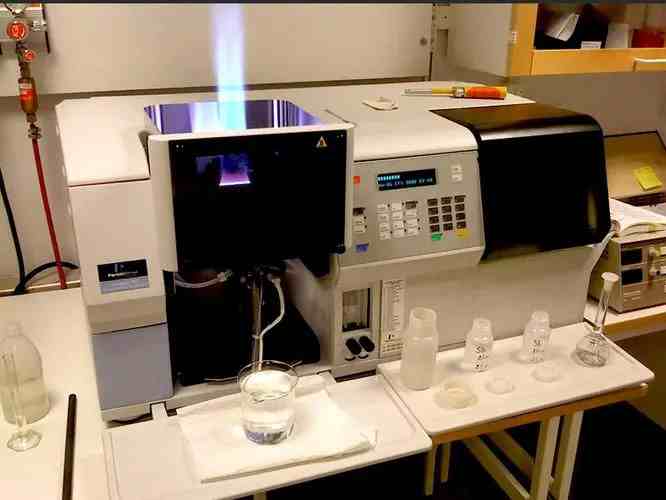
What are Key Components of a Flame Photometer?
- Flame Source
A flame is used as the excitation source in flame photometers. This flame is often powered by a combination of air and a hydrocarbon gas such as acetylene or propane.
- Sample Introduction System
To analyze a sample, a tiny aerosol or mist is first put into the flame. A nebulizer or aspirator is often used to do this. For reliable analysis, proper atomization guarantees uniform distribution of the material within the flame.
- Monochromator
A monochromator is a critical optical component that isolates certain wavelengths of light emitted by excited atoms. This phase is critical for identifying emission lines linked with the element of interest.
- Photodetector
The photodetector is in charge of determining the intensity of the emitted light at the chosen wavelength.
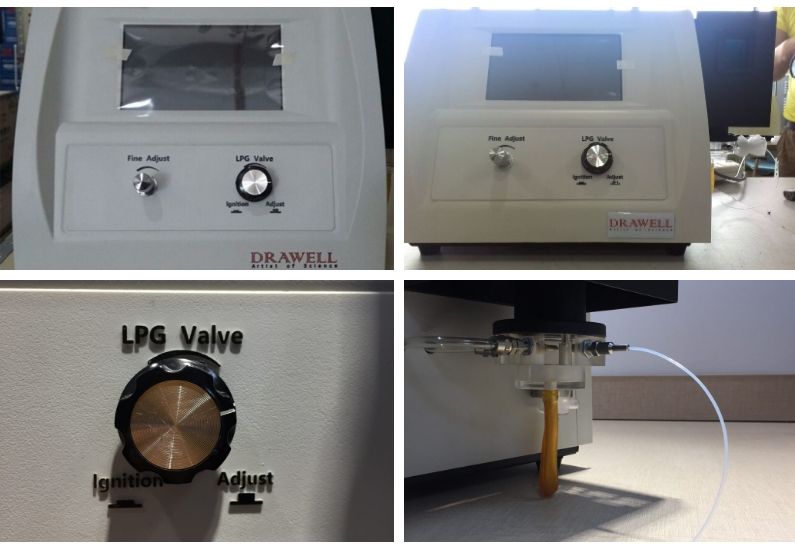
What is the Working Process of a Flame Photometer?
The working of a flame photometer can be summarized in the following steps.
1. Sample Atomization
The procedure starts with inserting the sample into the flame photometer. Typically, this sample takes the form of a liquid solution.
To ensure even distribution and efficient vaporization, a nebulizer or aspirator is used to convert the liquid sample into a fine aerosol or mist.
Atomization is an important step because it allows the atoms in the sample to be thermally excited.
2. Flame Ignition
A flame source is formed by carefully combining a flammable fuel gas (e.g., acetylene or propane) with an oxidizing gas (e.g., air or oxygen).
This mixture is ignited to produce a high-temperature, steady flame.
The flame serves as the excitation source, providing the necessary energy to elevate the electrons of the sample’s atoms to higher energy levels.
3. Atom Excitation
Thermal excitation occurs as the fine droplets of the sample enter the high-temperature flame.
The atoms in the sample absorb energy at these high temperatures, leading some of their electrons to shift to higher energy states.
4. Emission of Light
In their higher energy levels, the excited atoms are unstable and will soon return to their ground state.
As they return to their ground state, they release the excess energy in the form of photons (light).
The light emitted has precise wavelengths that match the electronic transitions of the element being studied.
5. Wavelength Selection
A monochromator is used to separate the appropriate wavelength of light associated with the constituent of interest.
Only the relevant emission lines pass through the monochromator, which works as an optical filter.
This wavelength selection enhances the specificity of the analysis by reducing interference from other sources of light.
6. Photodetection
The emitted light, now consisting of the desired wavelength, is directed towards a photodetector.
The photodetector measures the intensity of this light, converting it into an electrical signal.
7. Data Analysis and Concentration Determination
The photodetector’s electrical signal is processed by the instrument’s electronics.
The intensity of the produced light is related to the element concentration in the sample.
To determine the element concentration of the sample, the device compares the signal to calibration standards of known values.
8. Display and Reporting
Typically, the concentration values are presented on the instrument’s screen or recorded for later examination.
These results are useful in determining the element’s existence and concentration in the sample.
Advantages of Using a Flame Photometer
- High Sensitivity: Flame photometry is extremely sensitive, identifying components at extremely low concentrations.
- Speed: It provides quick analysis, making it ideal for high-throughput applications.
- Selectivity: The technique is selective for specific elements, reducing interference from other compounds.
- Ease of Use: A flame photometer is reasonably easy to use, making it suitable for a wide range of users.
Summary
A flame photometer is a powerful analytical tool that uses atoms in a high-temperature flame to excite and emit light. Flame photometers provide accurate and dependable elemental analysis by precisely measuring the intensity of this emitted light, making them important in a variety of scientific and commercial applications.
Related Products Recommendation
Get Quote Here!
Latest Posts
What Next?
For more information, or to arrange an equipment demonstration, please visit our dedicated Product Homepage or contact one of our Product Managers.

